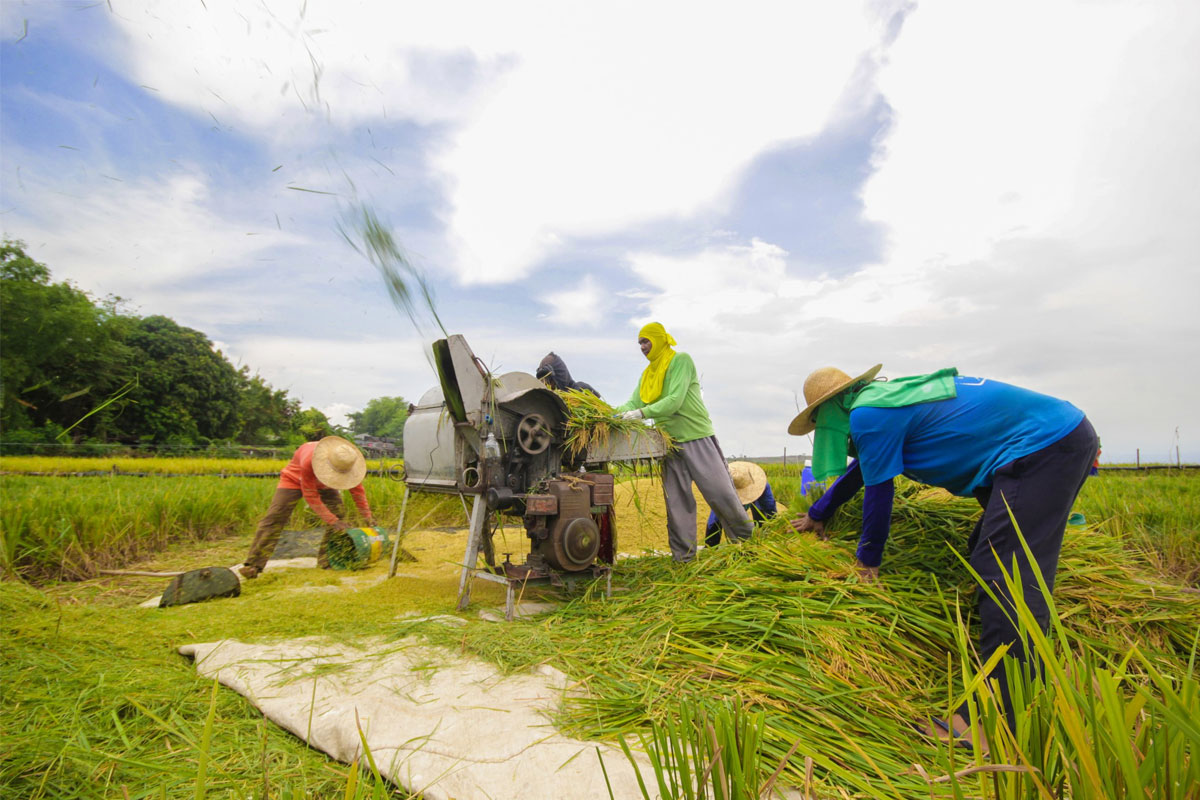
Rice spurs inflation — Salceda
THE higher inflation this March is again can be attributed to rice, according to Albay Rep. Joey Salceda.
Salceda, chairman of the House Committee on Ways and Means, said inflation or the cost of commodities has reached 3.7 percent in March from 3.4 percent in January.
Among those with higher prices are the key food items like vegetables, meat and rice, the Philippne Statistics Authority (PSA) said.
Salceda said the food inflation accounts for some 57 percent of the total inflation this March.
Without the abnormal price of rice in the global market, inflation would have been closer to 3.1 percent, which is well within acceptable range.
“The gameplan must be focused on rice,” Salceda said.
The higher cost of rice is the effect of worsening El Nino, Salceda said.
Because rice is the greatest driver of overall prices, and rice requires the most irrigation of all major crops, he added.
To date, the Department of Agricultur has been more aggressive with distributing rice production support this quarter.
The agency has brought machinery distribution, for example, to about 92 percent of target.
The P12 billion rice farmer financial assistance is also set to be completed this June – again, just in time for planting.
The DA has also been more active with delivering programs from the Survival and Recovery (SURE) Loan program of the Agricultural Credit Policy Council (ACPC). The Philippine Crop Insurance Corporation has also begun to issue indemnity insurance payments to farmers affected by drought.
There is significant progress being made in the DA, and his governance cleanup of the NFA will also help make cheap rice available to the poor, as well as provide a better market for rice farmers.
The veteran solon has suggested the impoundment of water.
Farmers with on-farm reservoir systems tend to endure El Nino better – not to mention providing additional opportunities in fish production.
Meanwhile, corn prices are declining and fish prices are down. Vegetables are cheaper this year than last year. And even sugar prices are slightly down. Bread prices are mildly up, but that is attributable partly due to the correlated prices of wheat and rice, especially in India where they are substitutes.
PAGASA’s forecasts indicate that this April, rainfall shouldn’t actually be catastrophically below normal.
“We will still see some rain – so we should impound that. The worst droughts will be in May, with the hardest-hit regions being Central Luzon and Bicol,” he said.














